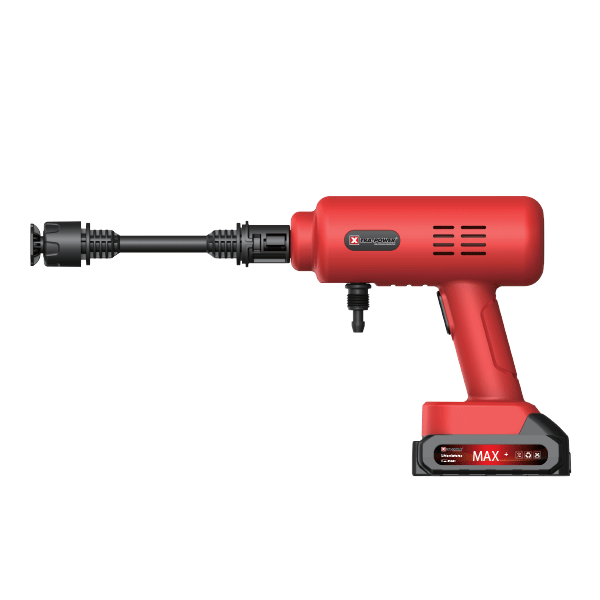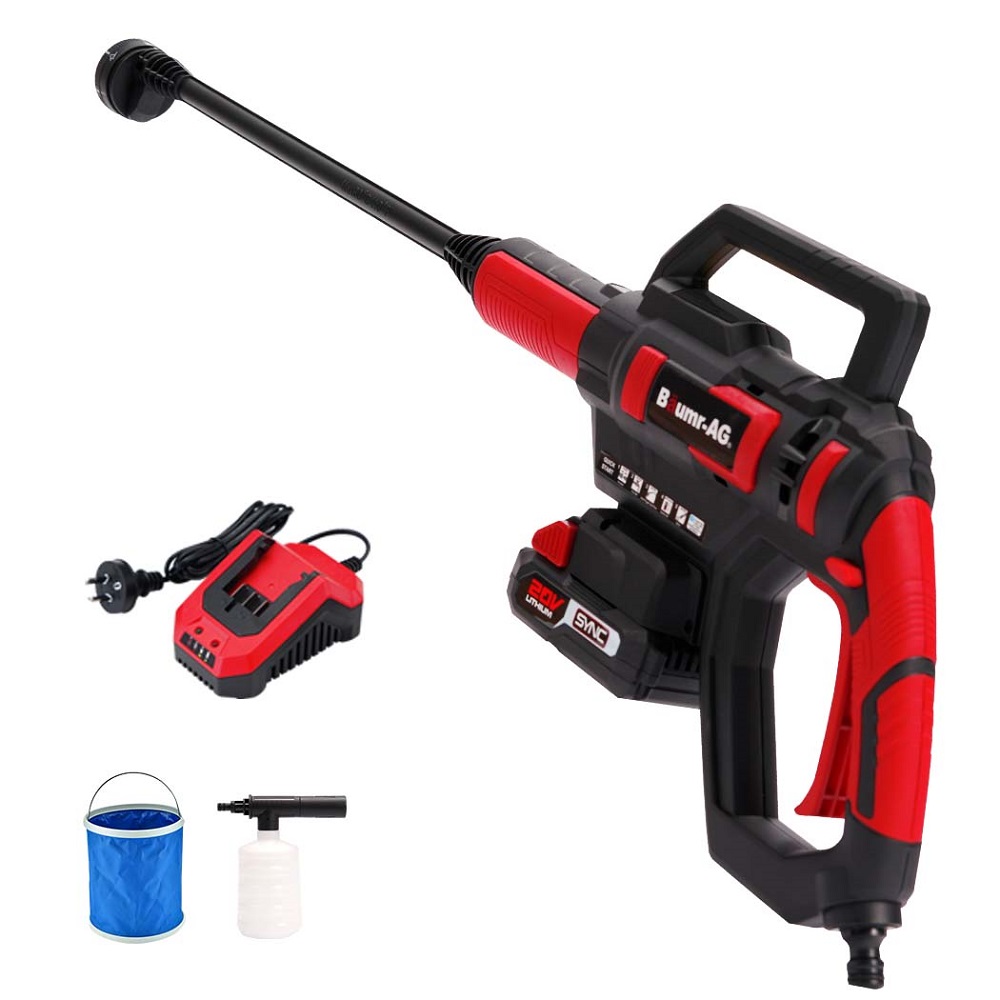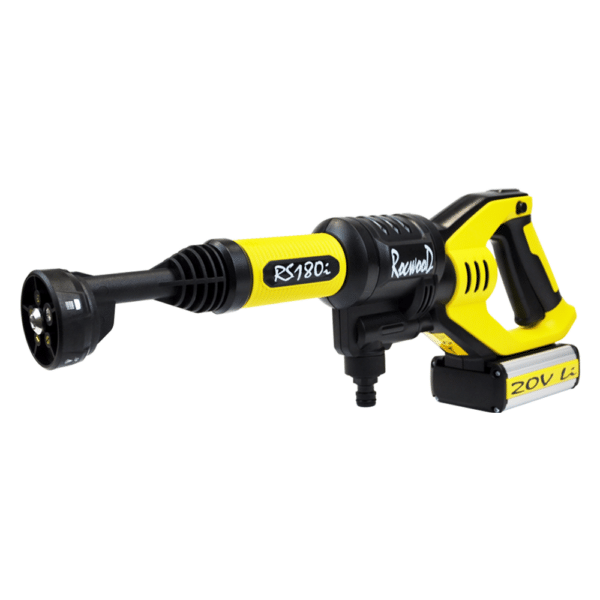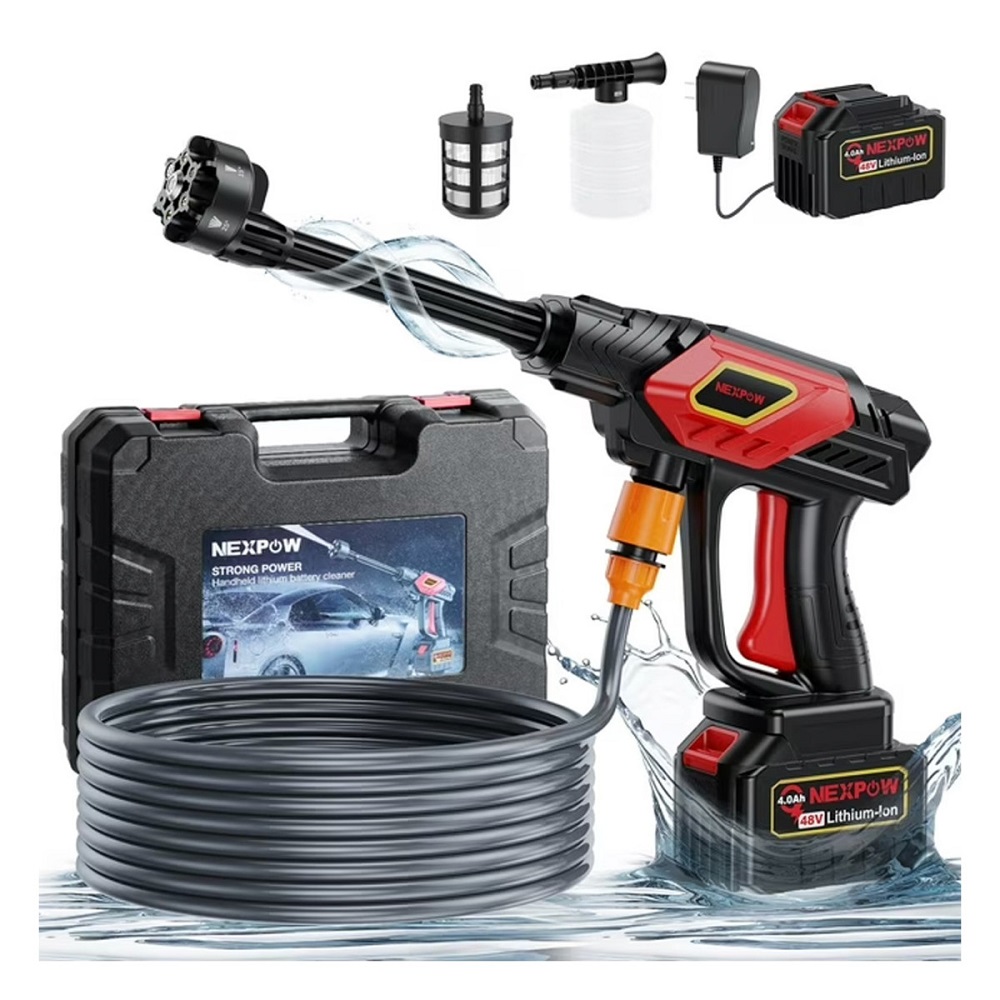A cordless pressure washer can be a game-changer for anyone looking to clean outdoor spaces, vehicles, or even stubborn surfaces around the house. With the right techniques and knowledge, you can transform your cleaning routine and achieve professional-looking results without the hassle of cords or complicated setups. This guide will walk you through essential DIY cleaning tips for using your cordless pressure washer effectively, ensuring you get the best out of this versatile tool.
Understanding Your Cordless Pressure Washer
Features of a Cordless Pressure Washer
Before jumping into cleaning methods, it’s crucial to understand the features of your cordless pressure washer. Most cordless models include several key components: the motor, pressure gauge, water inlet, and various nozzles. The motor powers the unit, while the pressure gauge indicates the strength of the water stream.
Additionally, pay attention to the battery life and capacity. The runtime of cordless pressure washers varies depending on the model, with some lasting up to 45 minutes on a single charge. Understanding these features helps you plan your cleaning tasks more efficiently.
Typical Uses for a Cordless Pressure Washer
A cordless pressure washer excels in multiple applications, making it an essential tool for home maintenance. Common uses include:
- Cleaning Patios and Decks: Over time, outdoor spaces accumulate dirt, mold, and algae. A pressure washer effectively removes these stains, rejuvenating your living area.
- Washing Vehicles: Regular washing helps maintain your car’s exterior. A cordless pressure washer allows for easy cleaning of cars, trucks, and motorcycles without worrying about cords getting in the way.
- Reviving Siding and Exterior Walls: Whether you have vinyl, wood, or brick siding, a pressure washer can help remove dirt and organic growth.
- Cleaning Outdoor Furniture: Furniture accumulates dust, pollen, and grime. You can clean chairs, tables, and umbrellas easily with the right nozzle setting.
By understanding these uses, you can maximize the versatility of your cordless pressure washer.

Preparing for Your Cleaning Project
Assessing the Area to Be Cleaned
Before using your cordless pressure washer, take a moment to assess the area. Look for any nearby objects or surfaces that might be affected by the high-pressure spray. Remove plants, furniture, or decorations that could get damaged during cleaning. This simple step helps ensure a smoother and safer cleaning process.
Gathering Necessary Supplies
Preparing your cleaning area includes gathering all necessary supplies. In addition to your cordless pressure washer, you should have the following:
- Cleaning Detergents: Depending on what you’re cleaning, you may need specific cleaning agents. For example, use car wash soap for vehicles and deck cleaner for wooden surfaces.
- Nozzle Attachments: Different nozzles produce varying spray patterns, so have a selection on hand. For most outdoor tasks, a 25-degree nozzle works well.
- Safety Gear: Protect yourself while cleaning. Consider wearing safety goggles to shield your eyes from debris and heavy-duty gloves.
Having everything in place ensures that you can complete your cleaning session efficiently.

Washing Your Vehicle
Choosing the Right Techniques
Using your cordless pressure washer for car washing requires specific techniques to prevent damage while achieving a thorough clean. Begin by rinsing your vehicle with a wide spray. Avoid using a narrow spray directly on delicate surfaces like mirrors or paint, as this can cause damage.
Proper Washing Steps
- Rinse and Pre-Soak: Start by rinsing off any loose dirt and grime with the wide spray nozzle (typically 40 degrees). This pre-soaking step helps loosen the dirt.
- Use a Car Wash Detergent: Apply a car-specific detergent mixed with water, using a foam cannon attachment or bucket application method. Foam helps break down stubborn dirt without scratching the surface.
- Scrub Gently: After applying detergent, gently scrub the affected areas using a soft sponge or mitt. Focus on areas with stubborn grime but avoid using abrasive materials that could scratch the paint.
- Final Rinse: Switch back to the wider nozzle and rinse off the soap completely. Make sure no detergent remains, as it can leave streaks and spots.
Washing your vehicle with these techniques ensures a sparkling finish without risking damage to surfaces.

Revitalizing Patios and Decks
Preparing the Surface
Cleaning patios and decks can greatly enhance your outdoor space’s appearance. Before beginning, inspect the surface for any loose boards, cracks, or structural issues. Make any necessary repairs before proceeding with the cleaning process.
Effective Cleaning Steps
- Remove Loose Debris: Start by sweeping or vacuuming the patio or deck to remove leaves, dirt, and other loose debris. This step prevents clogging your pressure washer during cleaning.
- Select the Right Nozzle: For most patios and decks, a 15-degree nozzle works well. This narrower spray provides sufficient pressure without causing damage.
- Clean Strategically: Work in sections, spraying from the highest point to the lowest. This method helps rinse away dirt more effectively. Keep the nozzle moving to avoid focusing the pressure on a single spot for too long, which can damage the surface.
- Rinse Thoroughly: Once you’ve cleaned the entire area, rinse away any soap or debris. Inspect the surface afterwards, and if necessary, repeat any stubborn sections for a thorough clean.
By following these steps, you can revitalize your outdoor space and make it more inviting.

Tackling Siding and Exterior Walls
Understanding the Surface Type
Cleaning siding requires special care, depending on the material. Vinyl, wood, and painted surfaces react differently to pressure washing. Always review the manufacturer’s guidelines for cleaning specific materials.
Step-by-Step Cleaning Process
- Choose the Right Detergent: For siding, opt for a detergent designed for that specific material, as it will help break down mildew and algae effectively.
- Use a 25-degree Nozzle: This nozzle angle provides enough pressure for cleaning while being gentle enough for delicate surfaces. If necessary, you can switch to a lower angle for tougher stains.
- Distance Matters: Maintain a distance of about two feet from the surface while cleaning. Start spraying from the bottom up to avoid streaking, making sure to rinse thoroughly after applying detergent.
- Rinse and Inspect: After cleaning, rinse the entire area with plain water and inspect for any remaining stains. Repeat if necessary.
Cleaning your siding enhances your home’s curb appeal and protects it from long-term damage caused by dirt and mold.
Cleaning Outdoor Furniture
Selecting the Right Methods
Outdoor furniture can become dirty quickly, especially with exposure to the elements. A cordless pressure washer can simplify your cleaning routine and keep your furniture looking brand new.
Cleaning Steps for Furniture
- Clear the Area: Before cleaning, remove any cushions and items from the furniture. This preparation helps prevent damage and allows for a thorough clean.
- Choose the Appropriate Nozzle: A 25-degree or 40-degree nozzle is generally ideal for outdoor furniture, providing enough pressure for cleaning without damaging the surface.
- Test a Small Area First: Always test the pressure washer on a small, inconspicuous area to ensure the surface can withstand the spray. This step prevents unexpected damage to the furniture.
- Wash and Rinse: Work systematically, spraying the entire piece with detergent before rinsing thoroughly to remove any soap residue. Make sure to clean in sections for even results.
Following these steps will keep your outdoor furniture clean and inviting for family and guests.

Maintaining Your Cordless Pressure Washer
Routine Care for Longevity
To keep your cordless pressure washer working efficiently, routine care is vital. After each use, clean the exterior to remove dirt and debris that might accumulate during cleaning.
Key Maintenance Steps
- Clean the Nozzles: After each use, ensure no detergent or dirt clogs the nozzle. Regularly check for blockages and clean them with a small pin or brush if necessary.
- Inspect Hoses and Attachments: Check the hoses for cracks or leaks and ensure that attachments fit securely. Address any issues immediately to prevent further damage.
- Store Properly: Keep your pressure washer in a dry place. Avoid exposing it to extreme temperatures or humidity, as this can affect its performance. Make sure the battery is charged and stored according to the manufacturer’s guidelines.
Consistent maintenance extends the life of your pressure washer and ensures it operates optimally for years.
Conclusion
Using a cordless pressure washer effectively can transform your cleaning experience, making daunting tasks easier and more efficient. By understanding your machine’s features, preparing properly, and applying the right techniques, you can tackle various cleaning projects around your home with confidence.
From washing your car to revitalizing outdoor spaces, the possibilities are endless with a cordless pressure washer. Remember to follow safety precautions, maintain your equipment, and enjoy the satisfaction of a cleaner, more inviting environment. With regular care and the right approach, your cordless pressure washer will become one of your most trusted tools for DIY cleaning projects. Happy cleaning!
